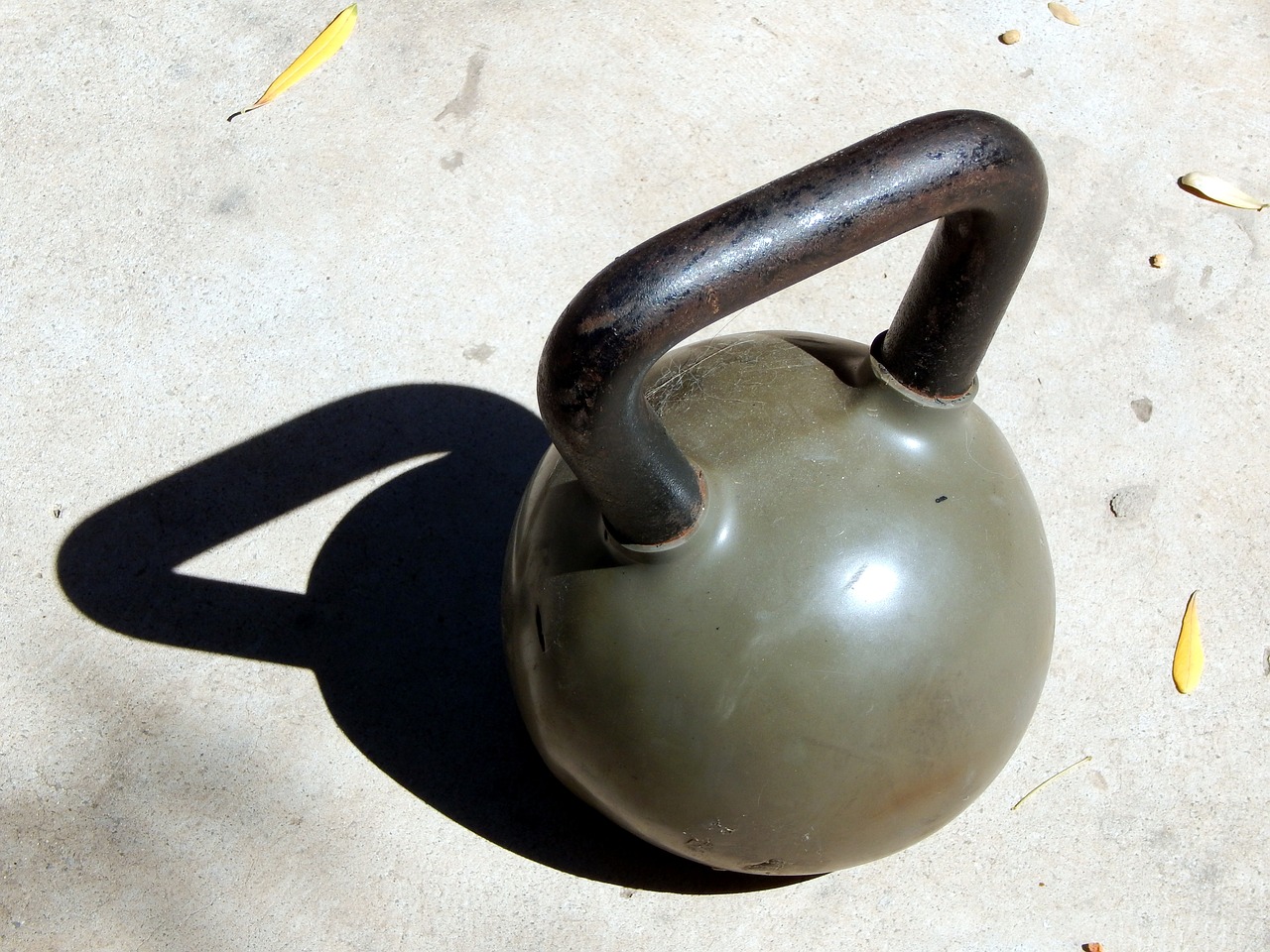Kettlebell movements are excellent for total-body workouts since they target numerous muscle groups at the same time. Full-body strength training, better core stability, improved grip strength, joint stability and mobility, effective fat-burning, time-efficient exercises, and cardiovascular fitness are some of these benefits. A 10-pound kettlebell may be used for a variety of strength training routines that target key muscular groups including the legs, back, shoulders, and core. Furthermore, the kettlebell’s unusual form requires your core muscles to stabilize your body throughout activities. Finally, employing a 10-pound kettlebell can aid in general health and endurance.
Circuit training is executing a sequence of exercises back-to-back with little recovery, such as kettlebell cleans, lunges, and push presses. MetCons, or metabolic conditioning workouts, are meant to increase both aerobic and anaerobic fitness. Plyometric training consists of explosive exercises that target fast-twitch muscle fibers while increasing power and speed. A 10-pound kettlebell may be utilized to supplement your flexibility training regimen in the following ways: dynamic warm-up, active stretching, aid in classic stretches, balance, and stability training, and yoga and Pilates variations. A 10-pound kettlebell can help with standard static stretches by giving a deeper stretch and enhancing the stretch’s efficacy.
Although kettlebell training is a varied and efficient type of exercise, incorporating a range of activities into your fitness program can be advantageous. Aim for two to three sessions per week for general fitness, and four to five sessions per week for strength training or weight loss. Furthermore, while a 10-pound kettlebell will not result in considerable muscular growth, it will help with muscle conditioning, endurance, and functional strength. When utilizing a 10-pound kettlebell, safety should be considered, and adding other types of exercise such as cardio, weight training, and flexibility work may give a well-rounded fitness plan. Low-weight exercise refers to strength training sessions that use lighter weights or resistance.
It can strengthen muscular endurance, lower the chance of injury, improve joint health, improve cardiovascular fitness, burn calories and help in weight reduction, develop muscle tone and definition, and raise metabolism. Low-weight exercises with more repetitions assist to develop muscular endurance, minimize injury risk, provide a moderate kind of resistance, and target muscles for a prolonged length of time, resulting in enhanced stamina and the capacity to maintain physical activity for longer periods of time. This can be especially beneficial for people who have joint problems or are new to exercising. Low-weight workouts include stability and balance components, which can help with balance and coordination. It also provides several mental health advantages, such as increased self-confidence and stress reduction.
Furthermore, low-weight training is long-term sustainable for fitness, giving a balanced and sustainable approach to physical fitness. Low-intensity exercise can also lead to considerable strength improvements, particularly for novices or those trying to maintain and tone their muscles. Furthermore, low-weight training with greater repetitions can enhance muscle recruitment and endurance, as well as allow for improved neuromuscular adaptations, boosting muscle fiber efficiency and coordination. Progressive overload refers to gradually increasing the demands imposed on muscles, whereas low-weight training allows for incremental increases in repetitions, sets, or workout modifications. Heavy weight lifting mostly targets fast-twitch fibers, whereas low weight lifting with greater repetitions primarily targets slow-twitch fibers.
When utilizing lower weights, form and technique are particularly vital since they allow for more control and accuracy. Low-impact exercise can aid in muscle toning and definition, as well as injury avoidance and joint health. Low-intensity training is an excellent technique for increasing strength, improving muscle endurance, improving neuromuscular responses, and promoting overall fitness. It reduces joint stress while still stimulating muscle growth and strength development, making it appropriate for persons recuperating from injuries or with joint-related difficulties. Regardless of the weight utilized, consistency and recuperation are essential for gaining strength.
Focusing on a complete range of motion exercises and mixing functional movements into low-weight training will help increase functional strength. Progression and gradual increases guarantee that strength gains continue and that training plateaus are avoided. You may accomplish substantial strength increases and attain your fitness objectives by combining perfect form, progressive overload, and consistency into low-weight training.

